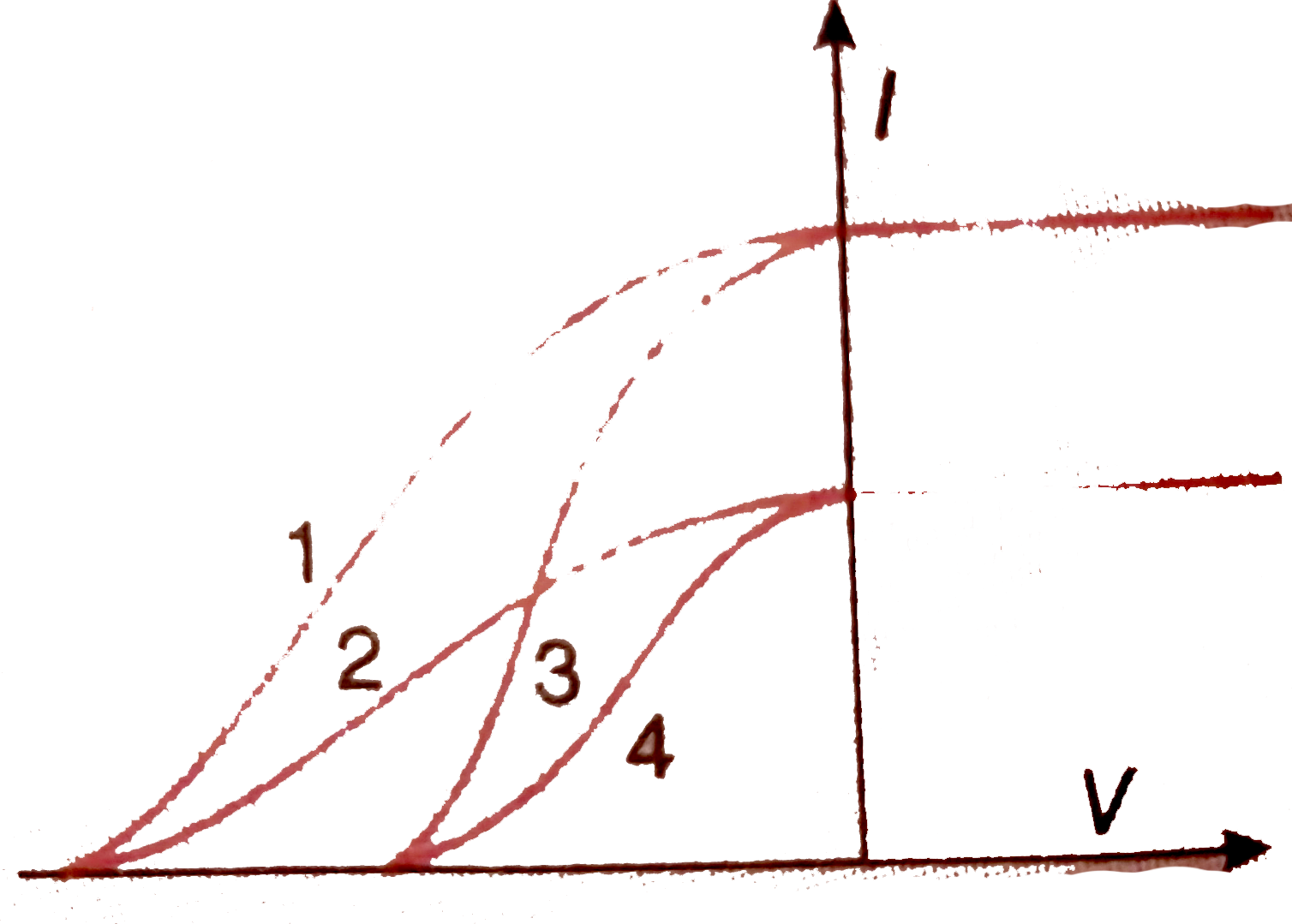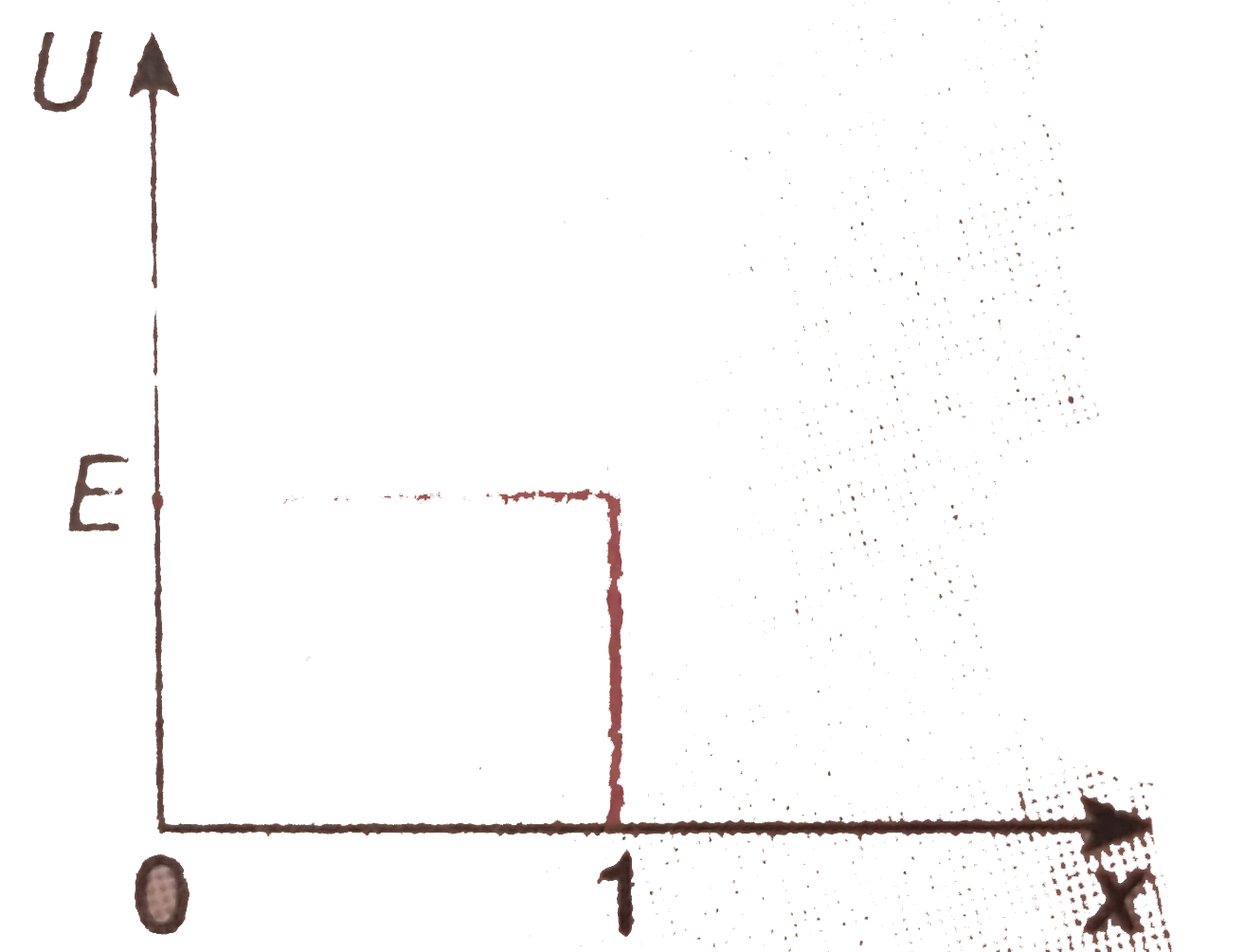Complete Solutions to Higher Order Thinking Skill (HOTS) Questions of chapter QUANTUM THEORY of Class 12 book with complete answers and questions
| Class 12 | PHYSICS |
| Chapter | QUANTUM THEORY |
| CHHAYA PRAKASHINI | Higher Order Thinking Skill (HOTS) Questions |
| Number Of Questions | 26 |
| Academic Year | 2023-24 |
Photoelectric current still continues when the anode is even at a slight negative potential with respect to the photo cathode. Explain.
View SolutionWhen radiation of wavelength `2000 Å` is incident on a nickel plate, the plate gets positively charged. But when wavelength of incident radiation is raised to `3440 Å`, the plate remains neutral. Explain.
View SolutionGive example of production of (i) electron by a photon and (ii) photon by an electron
View SolutionA metal plate that emit photoelectrons under the influence of blue light, may not emit photoelectrons under the influence of red light. Explain
View SolutionRadiation of frequency `10^(15)Hz` is incident separately on two photosensitive surfaces P and Q. The following observations were made:
(i) surface P: Photoemission occurs but the photoelectrons have zero kinetic energy
(ii) surface Q: Photoemission occurs and electrons have non-zero kinetic energy.
Which of these two has higher work function? If the frequency of incident light is reduced, what will happen to photoelectron emission in the two cases?
View SolutionAn electron (charge = e, mass = m) is accelerated from rest through a potential difference of V volt. What will be the de Broglie wavelength of the electron?
View SolutionWhen light incident on a metal has energy less than the work function of the metal, then no electron is emiited from the surface of the metal. Mathematically justify this statement.
View SolutionKinetic energy of proton is the same as that of an `alpha`-particle. What is the ratio of their respective de Brogile wavelengths?
View SolutionWhat should be the percentage increase or decrease of kinetic energy of an electron so that its de Broglie wavelength is halved?
View SolutionKinetic energy of a free electron is doubled. By how many times, would its de Broglie wavelength increase?
View SolutionEnergy of a photon = E , kinetic energy of a proton is also the same as energy of the photon. Corresponding wavelength of the photon and de Broglie wavelength of the proton are `lamda_(1) and lamda_(2)`, respectively. What is the relation between E and the ratio of `lamda_(1) and lamda_(2)`?
View SolutionIs matter wave an electromagnetic wave?
View SolutionDistinguish between matter wave and light wave.
View SolutionMaximum kinetic energies of photoelectrons emitted from a metal surface when illuminated by radiations of wavelengths `lamda_(1) and lamda_(2), " are " K_(1) and K_(2)`, respectively. If `lamda_(1) = 3 lamda_(2)`, show that, `K_(1) lt (K_(2))/(3)`
View SolutionA proton and an electron have the same kinetic energy. Which one has large de Broglie wavelength?
View SolutionA proton and an electron have same de Broglie wavelength. Which one has higher kinetic energy?
View SolutionA beam of photon of energy 5.0 eV falls on a free metal surface of work function 3.0 eV . As soon as the photoelectrons are emitted, they are removed. But the emission comes to a stop after a while - explain the reasons.
View SolutionA photon and an electron have same de Broglie wavelength. Which one has greater total energy?
View SolutionDoes the photoelectric emission take place due to incidence of visible light and ultraviolet rays on the surfaces of different types of metal in our everyday experience?
View SolutionWhy the photoectronic emission can not be performed by using X-rays and gamma rays?
View SolutionWhat is the relation of de Broglie wavelength of a moving particle with temperature?
View SolutionFind the expression of de Broglie wavelength of a particle moving with velocity close to the velocity of light.
View SolutionIf the speed of an electron is v and the speed of another particle is 3v, ratio of the de Broglie wavelength of the electron to that of the particle is `(10^4)/(8.13)`. Is the particle a proton or an `alpha`-particle? Justify your answer.
View SolutionProve that the product of the slope of `V_(0)`-f graph and electronic charge gives the value of planck's constant.
View SolutionThe given graphs show the variation of photoelectric current (I) with the applied voltage (V) when light of different instensities is incident on surfaces of different materials. Identify the pairs of curves that correspond to different materials but same intensity of incident radiations.

View SolutionThe potential energy U of a moving particle of mass m varies with x as shown in figure. The de Broglie wavelengths of the particle in the regions `0 le x le 1 and x gt 1 " are " lamda_(1) and lamda_(2)` respectively. If the total energy of the particle is nE, find `(lamda_(1))/(lamda_(2))`

View Solution
Higher Order Thinking Skill (HOTS) Questions questions and complete solutions for chapter QUANTUM THEORY of CHHAYA PHYSICS (BENGALI ENGLISH) of Class 12
All Exercises from CHHAYA PRAKASHINI Class 12 PHYSICS QUANTUM THEORY
- CBSE Scanner
- Entrance Corner (Assertion- Reason Type)
- Entrance Corner (Comprehension type)
- Entrance Corner (Integer answer type)
- Entrance Corner (Multiple Correct Answer Type)
- Examination Archive with solutions
- Example
- Exercise (Hots Numerical Problems)
- Exercise (Multiple Choice Questions)
- Exercise (Problem Set- I)
- Exercise (Problem Set- II)
- Exercise (Short Answer Type Questions- I)
- Exercise (Short Answer Type Questions- II)
- Exercise (Very Short Answer Types Questions)
- Higher Order Thinking Skill (HOTS) Questions
- NCERT Exemplar Questions with Answer HINT
- NCERT Textbook Questions with Answer Hint
- Section Related Question